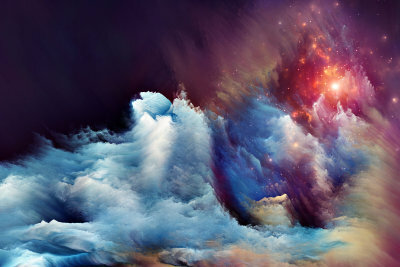Surrealism in painting
Surrealism is derived from realism and describes unreal and dreamlike representations within literature and the visual arts, especially painting. These can also be achieved and implemented through noise-like states or by fading out the rational. Such works of art are often very easy to recognize by some features.

The origins of surrealism
- Surrealism arose early in the 20th Century and finds its origin in Paris. A beginning can be determined in the succession of Dadaism around 1920. The parody of artistic norms presented there was thus expanded to include illogical connections, the non-perceptible and, in general, the absurd.
- Elements of surprise, strange and inappropriate constellations as well as distorted forms flowed into this new style. These were usually interpreted by the artists as an expression of their own spiritual philosophy and each as a unique work.
- The end of this epoch cannot be proven beyond doubt. However, it can be assumed that in the period from 1945 to 1966, with the death of André Breton, classical surrealism came to an end and passed into other forms.
Hallmarks in painting
- Within painting there are relatively clear features to recognize a surrealistic image. So the main motifs are z. B. very clearly drawn and clearly differentiated from each other in shape and color. This can be done in contrast to the environment, which is e.g. B. expresses itself in endless horizons or strange blurred worlds.
- In painting, however, you will quickly find out that precisely these motifs do not fit together. Instead, they even create a contrast to one another that not only alienates the image, but also makes it seem disturbing. Because it is precisely this lack of correspondence between reality and representation that requires a certain amount of imagination.
- These images cannot be explained rationally. It always depends on the individual soul life of the artist.
- Examples of such unrealistic dream worlds are the human-machine fusions or the works of Salvadore Dali, who achieved fame with his melting clocks.
- Finally, it should be noted that the paintings of this time were created by "speed painting", i.e. the quick drawing. This ensured that the artist had to think as little as possible while working and was able to indulge in the "intoxication".
Alienation in art - this is how you can create surreal images
Especially in Surrealism, the alienation of what is represented in art ...
How helpful do you find this article?
